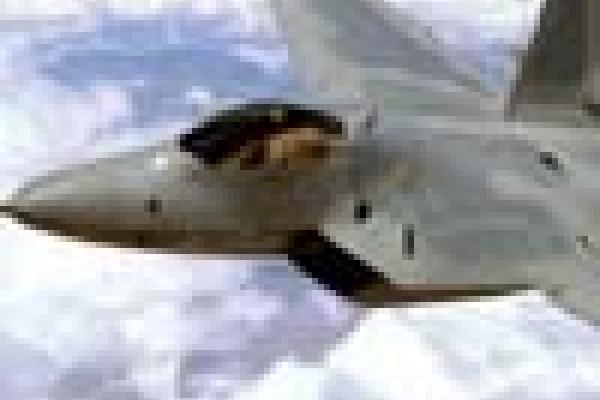Article

Chaos in the brain
Saying that someone is a chaotic thinker might seem like an insult - but, according to Lewis Dartnell, it could be that the mathematical phenomenon of chaos is a crucial part of what makes our brains work.